Doctor who prescribed Maya Kowalski ketamine treatments says Netflix ‘Take Care of Maya’ teen would have suffered a ‘slow painful death’ without it as he testifies in $220 million case
The doctor who prescribed Maya Kowalski ketamine treatments says the teenager at the center of Netflix’s ‘Take Care of Maya’ would have suffered a ‘slow painful death’ without them.
Dr. Anthony Kirkpatrick testified that Kowalski, 17, needed the treatments to be able to do basic things like feed herself and brush her hair because she suffers from complex regional pain syndrome (CRPS).
He took the stand Tuesday in a $220 million lawsuit against Johns Hopkins All Children’s Hospital amid a legal battle brought by the teenager’s family after she was removed from their care as a child and held at the facility.
Kowalski was placed in state custody for three months at the age of ten after doctors at Florida Hospital began to suspect that her parents were faking symptoms of her deteriorating condition.
Florida’s Department of Children and Families and a state judge also supported the suspicions of “medical child abuse” and ordered that she be housed at the center.
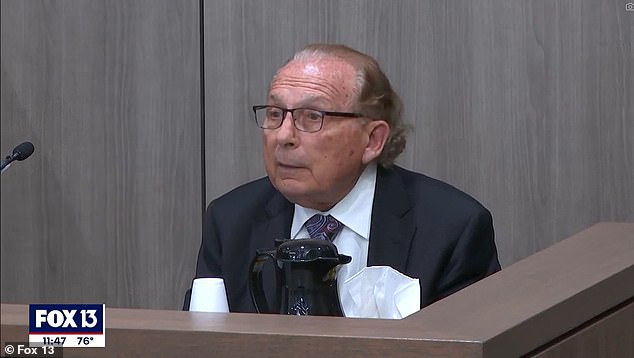
The doctor who prescribed Maya Kowalski ketamine treatments, Dr Anthony Kirkpatrick, says the teenager would have suffered a ‘slow painful death’ without them
At this time, her mother, Beata, took her own life amid the misery of being separated from her daughter.
Dr. Kirkpatrick was the person who first diagnosed Kowalski’s CRPS. He told the court: ‘A light touch, waving on the skin, is considered painful. She had it. She had a bad case of it.’
He initially prescribed low doses of the pain medication ketamine, which Kowalski apparently also responded to, but he soon decided it wasn’t enough.
He then recommended increasing the dose and an intensive ‘ketamine coma’ treatment in Mexico, something he said he had discussed with the hospital.
Dr Kirkpatrick told the court: ‘I stressed that if she didn’t get the ketamine it was going to be a slow, painful death.’
The family chose to move forward with the therapy, which Kirkpatrick said was a success.
He added: ‘She could take care of herself, comb her hair, brush her teeth, eat with her hands and so on.’
The Kowalski family hopes the doctor’s testimony will convince jurors that the teenager did, in fact, suffer from CRPS, which hospital staff began to doubt when she was admitted in 2016.
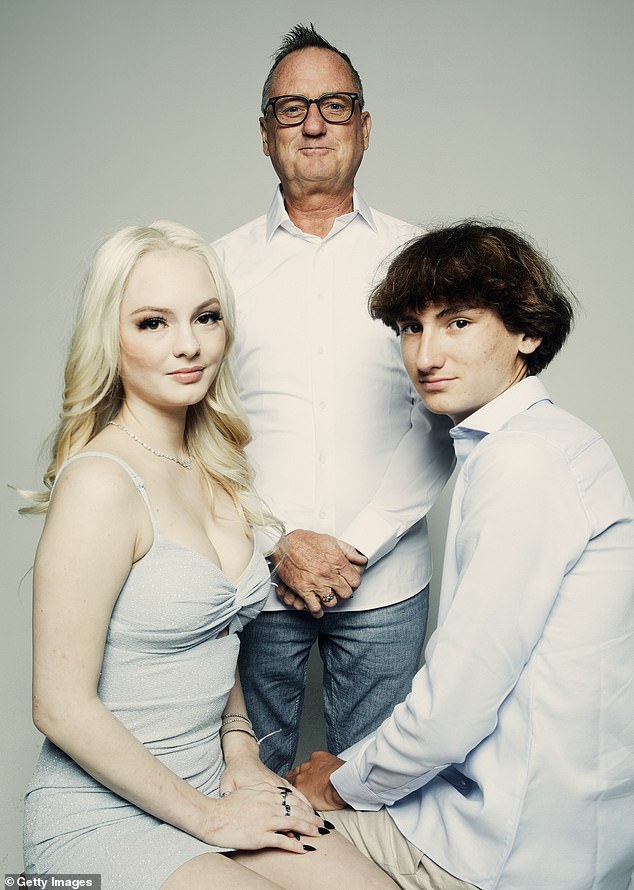
The Kowalski family is suing the Florida hospital where Maya Kowalski (left) was kept as a child for $220 million after staff suspected she was a victim of “medical child abuse.”
They questioned how insistent Kowalski’s mother in particular was in prescribing her daughter the ketamine treatments and began to suspect that she might have Munchausen syndrome by proxy, a psychological condition where caregivers crave medical attention for their wards.
It was previously reported that Kowalski’s mother demanded a 1,500 mg dose of ketamine for her daughter.
Typically, standard anesthetic doses in a clinical setting are typically well below 10 mg, according to rehab center The Recovery Village Ridgefield.
While treatment for acute CRPS is normally treated with 1 mg of ketamine per kilogram of body weight per hour, according to Florida Medical Pain Management.
At a previous hearing, lawyers for the hospital highlighted the potential risk of the ketamine treatment and questioned the family’s eagerness to pursue it.
JCACH attorney Ethen Shapiro asked the teenager’s father, Jack Kowalski, if he had been made aware that the coma therapy carried a 50 percent risk of death.
The father replied that ‘there is a risk in every procedure’.
But Shapiro pressed further, saying, “I understand that Mr. Kowalski, but with respect there is a risk and then there is a risk that is a coin in which your daughter can succeed.” Did you know it was 50 percent?’
The father replied that he was aware, but was told that no one had ever died from the procedure.
Kirkpatrick also testified that Kowalski and her mother loved each other.
He said: ‘She loved her child, and you know what? The child loved her mother.’
Kowalski previously became emotional as she recounted the last time she saw her mother in court.
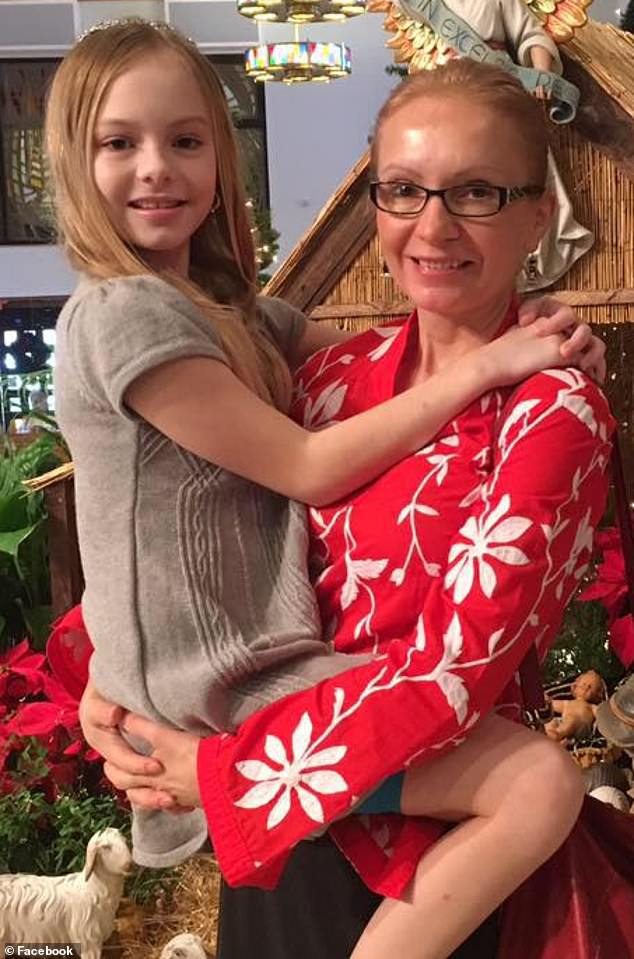
Maya’s mother Beata (right) took her own life after being diagnosed with depressed mood and adjustment disorder after being separated from her daughter for 87 days
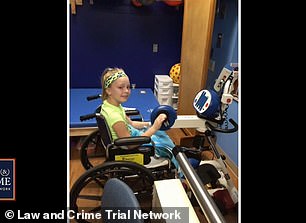
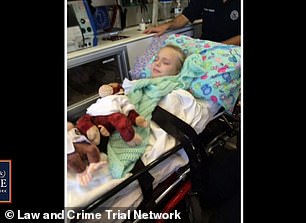
Kowalski’s family said her complex regional pain syndrome left her in pain and unable to walk
She said she was lying in bed when her mother came to collect her belongings and said ‘I love you and I’ll see you tomorrow’, but fighting back tears she added, ‘and I never saw her again’.
The teenager also had a signature necklace that she bought for her mother while she was in hospital.
She said: ‘I found out later that she wore it every single day and when she was found in the garage she was still wearing it and now I have it around my neck.’
Beata Kowalski took her own life after being separated from her daughter for 87 days.
The family’s heartbreaking story is now at the center of the explosive Netflix documentary ‘Take Care of Maya’, as well as the trial.
Their lawsuit alleges Kowalski’s condition was aggravated by the care she received at the hospital and that she was videotaped for 48 hours and stripped to her underwear on another occasion and photographed without the consent of a guardian or the dependency court.
AndersonGlenn LLP, which launched the lawsuit on behalf of the Kowalski family, confirmed the family is seeking $55 million in compensatory and $165 million in punitive damages.
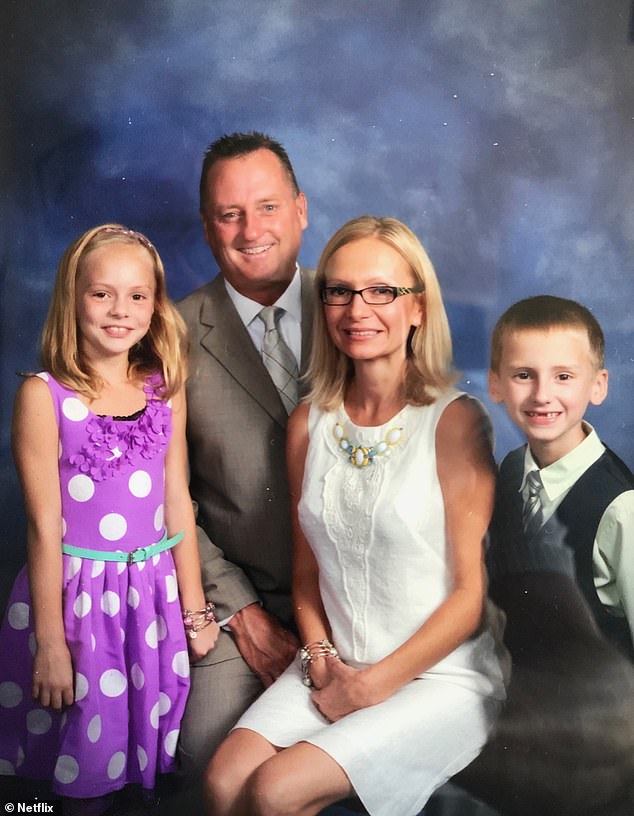
Maya Kowalski (pictured left) was detained at Florida’s Johns Hopkins All Children’s Hospital after staff suspected her mother Beata (center) may have been faking her daughters symptoms for chronic regional pain syndrome
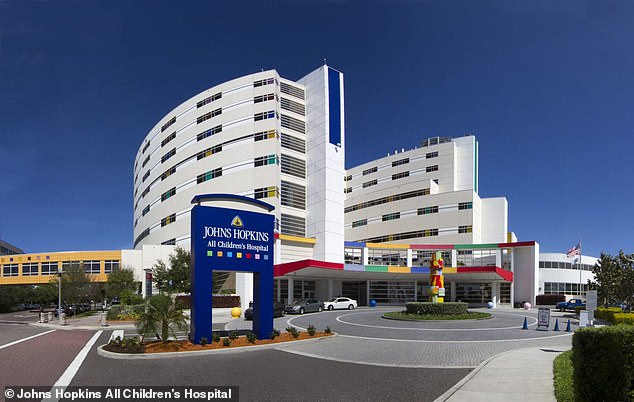
Dr. Kirkpatrick told the court he discussed his prescription of ketamine therapy to Kowalski with staff at Johns Hopkins All Children’s Hospital
The hospital’s defense is expected to focus on staff status as mandated reporters who are required by state law to call the abuse hotline if they have “reasonable cause.” Tampa Bay Times reported.
Shapiro previously said the decision to remove Maya was made by the child welfare system rather than the medical facility.
The hospital released a statement to DailyMail.com that read: ‘Our priority at Johns Hopkins All Children’s Hospital is always the safety and privacy of our patients and their families.
“That’s why we strictly follow federal privacy laws that limit the amount of information we can release about any particular case.
‘Our first responsibility is always to the child brought to us for care. Our staff are required by law to notify Florida’s Department of Children and Families (DCF) if they suspect abuse or neglect.
‘It is DCF and a judge – not Johns Hopkins All Children’s Hospital – who investigate the situation and make the ultimate decision about what course of action is in the best interest of the child.
‘We are determined to prevent any chilling effect on the obligation to report suspected child abuse in order to protect the most vulnerable among us.’
